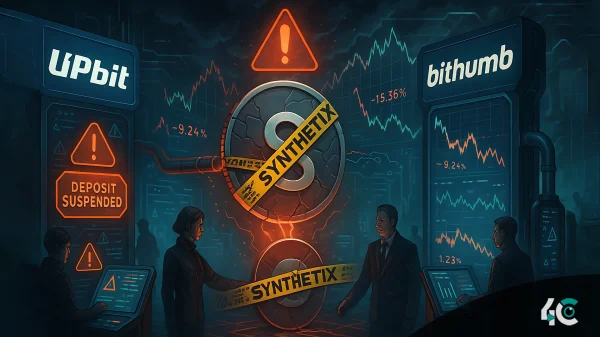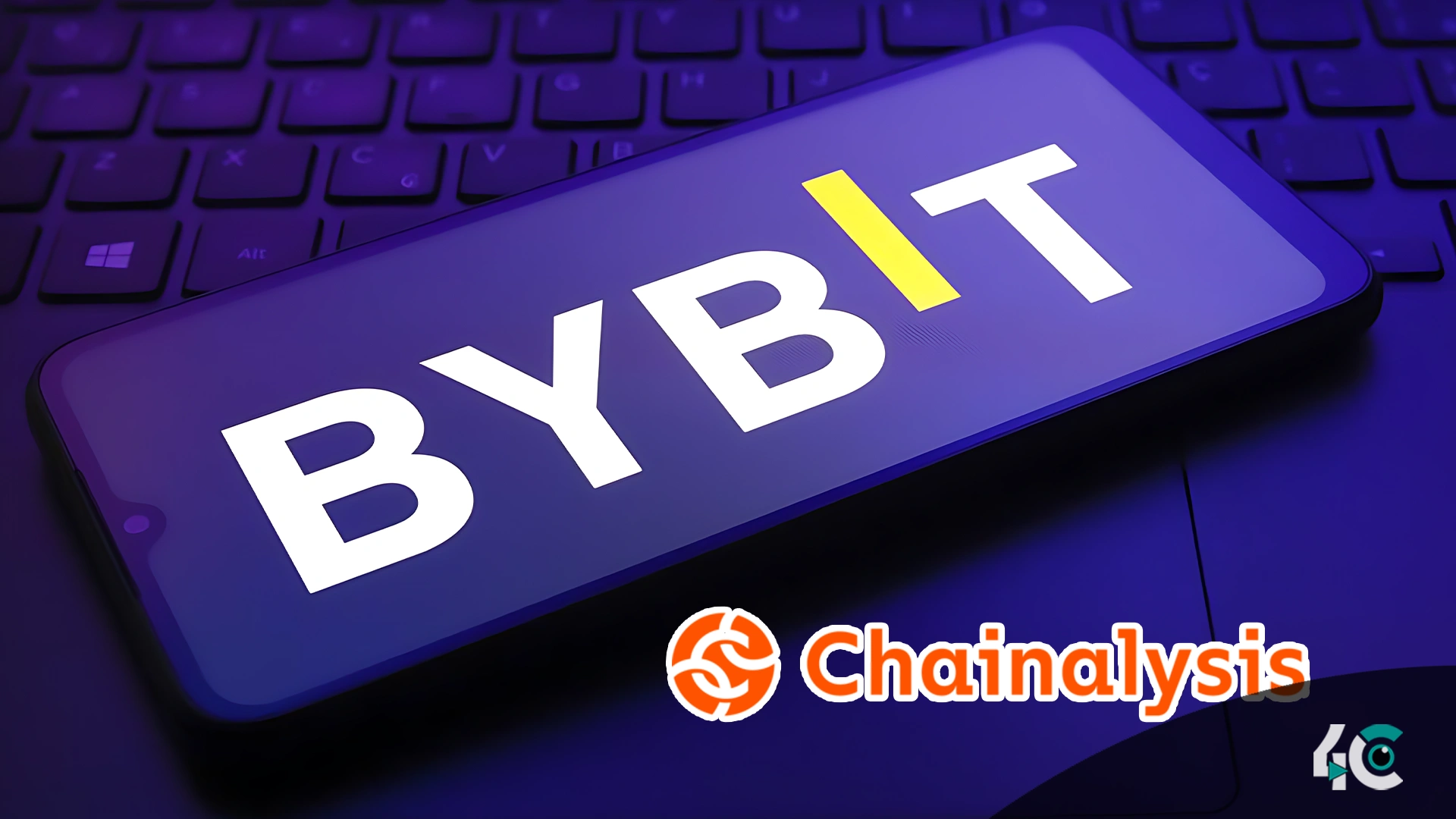The leading bitcoin exchange worldwide, Bybit, just experienced one of the biggest attacks in crypto history, compromising $1.4 billion in digital assets. Research has linked the attack to the infamous Lazarus Group of North Korea, known for its sophisticated cybercrime strategies.
Blockchain security company Chainalysis claims that the attack happened via a deliberate phishing campaign compromising Bybit’s cold wallet security. By changing the multisignature wallet system of the exchange, hackers obtained illegal access and could direct money into their own accounts. Complex laundering methods helped to siphon off almost 401,000 ETH and other assets.
To hide the transaction trail, the pilfers rapidly divided among several intermediary wallets. Then, utilizing distributed exchanges and cross-chain bridges, hackers turned some of the assets into Bitcoin and stablecoins. Delaying more movements, the attackers sought to avoid quick identification and complicate tracking of pilfers of money.
Blockchain technology’s transparency has let security companies track and check dubious behavior notwithstanding the attack’s scope. The freeze of $40 million in stolen assets results from cooperation among Bybit, Chainalysis, and other security teams. Though most of the money stays at large, experts caution that the laundering process might take months or even years to finish.
With industry leaders pushing platforms to improve protection against phishing attacks and UI manipulation, this event has sparked questions over the security policies of centralized exchanges. To stop such breaches, experts stress the need for end-to-end transaction validation and multisig security enhancements.
Bit’s reaction to the hack has been quick; the exchange seeks to restore user balances and preserve liquidity. A proof-of-reserves audit has been launched to ensure that all customer money remains fully backed. This attack reminds us sharply of the changing risks confronting the crypto sector and the immediate requirement of aggressive security tactics even while Bybit is still recovering.



































